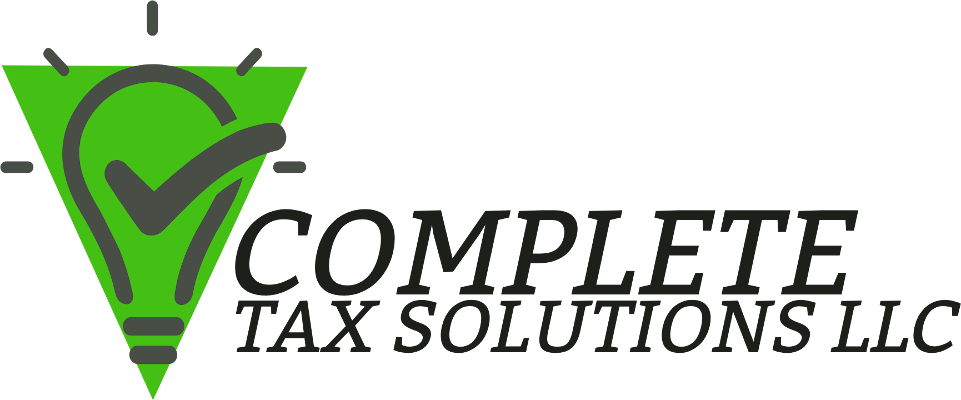IRS officials have warned taxpayers to avoid promoters of fraudulent tax schemes involving donations of ownership interests in closely held businesses, sometimes marketed as “Charitable LLCs.”
These promotions often target higher-income filers and are considered abusive transactions by the IRS.
While taxpayers can properly deduct donations of closely held business interests, unscrupulous promoters sometimes lure taxpayers into schemes involving false charitable deductions.
These schemes typically encourage higher-income taxpayers to create limited liability companies (LLCs), put cash or other assets into the LLCs, then donate a majority percentage of nonvoting, nonmanaging, membership units to a charity while the taxpayer maintains control of the voting units and reclaims the cash or asset(s) directly or indirectly for personal use. The promoter sometimes has control over the charity that receives the donation.
Abusive scheme design
In the “Charitable LLCs” scheme, promoters create documents establishing the LLC for a fee. Then they assist in the transfer of the taxpayer’s assets to the LLC and create documents that purport to transfer membership units in the LLC to a charity. The promoter might supply an appraisal supporting the valuation for the claimed gift and might even provide a list of charities willing to accept the membership units or identify a single charity that will accept the donation.
Promoters might incorrectly advise clients that they can retain control and legally access the cash or other assets transferred to the LLC for their own personal use after the donation. Promoters might also execute an “exit strategy” for taxpayers to buy back their contributions at a significantly discounted price after a period of time.
Generally, taxpayers cannot deduct a charitable contribution of less than their entire interest in property, and retaining rights to control the donated interests or buy back assets will disqualify the transaction as a deductible charitable contribution.
Watch for red flags
Taxpayers should be wary of any scheme that involves transferring assets to an LLC, followed by the “donation” of a majority percentage of nonvoting, nonmanaging, membership units to a charity as a “charitable contribution” while the taxpayer retains control over and access to the assets. A valid charitable contribution requires the taxpayer give control over the donated assets to the charity.
Taxpayers should use caution when they are promised any personal benefit, beyond the tax deduction, based on a charitable donation.
Taxpayers should scrutinize transactions that include potential red flags. A few examples are described below:
- Promoters marketing a transaction as a way to grow wealth in a “tax-free environment” and claim charitable contribution deductions.
- Promoters marketing a plan that requires the creation of one or more entities in order to make a charitable donation.
- Creating entities that do not engage in any business activity to facilitate a charitable donation.
- Donating an interest in an LLC that loans cash or other assets back to the taxpayer or a related party.
- The charity, as the majority owner of the LLC, has no control over the LLC or its assets.
- The taxpayer is allowed to personally use the assets contributed to the LLC after the donation.
- The promoter assists the taxpayer in the creation of intellectual property to fund the LLC prior to the donation.
- The taxpayer uses the LLC funds to purchase life insurance policies benefitting their heirs or a related party after the donation.
- The taxpayer retains the ability to reclaim the donated LLC interests from the charity for less than fair market value.
- The promoter requires the taxpayer to use specific appraisers and/or charities.
- Appraisals fail to take into account all facts and circumstances of the entire transaction, like the ability of the taxpayer to remove all assets from the LLC after the donation.
